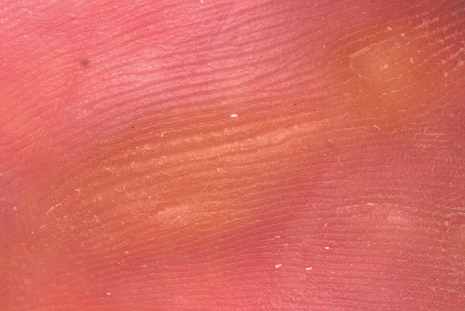
Corns are caused by rubbing or pressure from ill-fitting shoes. Calluses are caused by friction and pressure when the skin rubs against a bone, shoes or the ground.
What are the symptoms?
There are two types of corn €“ hard and soft. Hard corns are layers of dead skin that build up on the tops of toes and on the outside of the little toe. The base of the corn is on the skin's surface, with the tip pointing inwards, pressing on nerve endings and causing pain. Soft corns are found between the toes. They look white and feel rubbery in texture.
Calluses differ in that they have no centre and are much less sharply defined than corns. The ball of the foot is a common site, as is the outside of the big toe and the sides of the heel. Calluses tend to produce a burning sensation, are yellowish in colour and the skin is hard and rough.
What are the treatment options?
Most treatments for corns and calluses contain salicylic acid, which works by removing the layers of hard skin. They should not be applied to normal, healthy skin. Cushioning products can help to relieve pressure on the affected area, which reduces pain and prevents recurrence. Files and pumice stones can also be used to reduce the amount of hard skin on affected areas. A rich moisturising cream can also help. Examples: Carnation Callous Caps, Scholl 2 in 1 Corn Express Pen.
Reflection point
What are the main symptoms of?
- Athlete's foot
- Verruca
- Corn.
